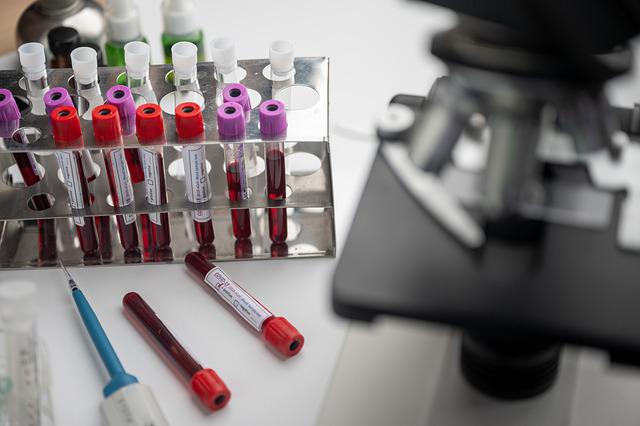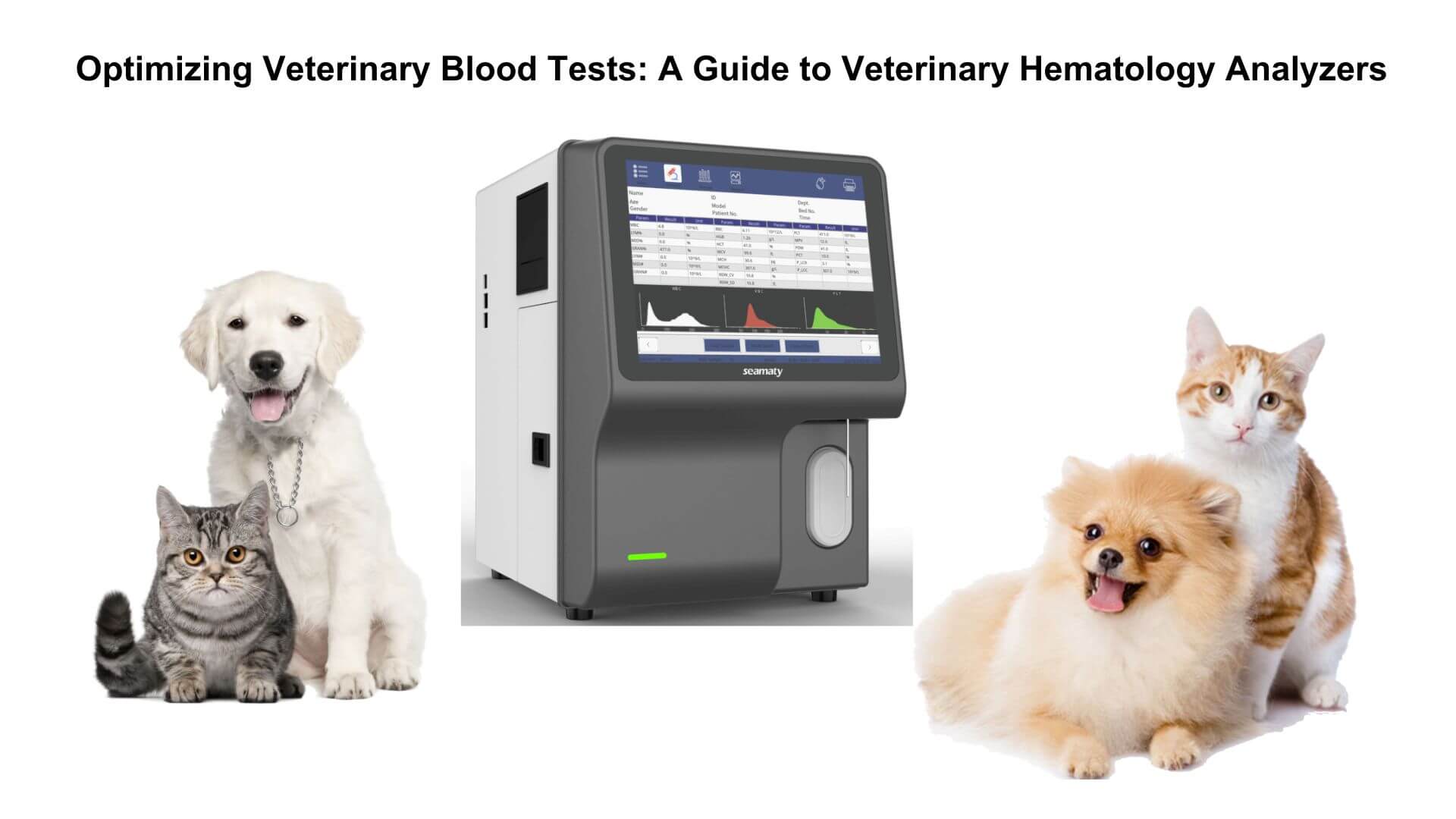As a practitioner in the in vitro diagnostics industry, blood is closely related to our products. Biochemical analysis, immunoassay, blood cell analysis, blood coagulation analysis, etc. are all dependent on blood. Therefore, it is important to understand what blood is.
Blood is a red, viscous fluid found in arteries and veins that circulates rapidly in the animal's body as the heart beats. The composition of blood is very complex and it flows through all the organs and tissues and performs a variety of functions.
Blood flows through a series of very small vessels (the network of circulating capillaries between arteries and veins) and carries gases (oxygen and carbon dioxide), nutrients (carbohydrates, fats and proteins) and all the necessary components for the defence of the body against micro-organisms. These micro-organisms include bacteria, parasites and viruses. The components involved in this defence mechanism are all found in the blood and include antibodies and different types of white blood cells (such as neutrophils, monocytes, lymphocytes and eosinophils).
Each heartbeat transports approximately half of its volume of blood to the lungs. In the lungs, the red blood cells release carbon dioxide into the air and combine it with oxygen. The other half of the volume of blood is transferred to the tissues via the aorta (arterial circulation) and then circulated back to the heart via the vena cava (venous circulation).
Blood composition
Approximately half of the volume of blood is made up of cells (red blood cells, white blood cells and platelets), while the other half is the liquid plasma portion. Red cells or red balls are scientifically known as red blood cells. White cells or white balls are scientifically known as leucocytes (there are many different types of leucocytes: neutrophils, monocytes, lymphocytes and eosinophils).
(i) Red blood cells (red blood cells) contain haemoglobin, which has the ability to carry oxygen from the lungs to all the tissues of the organs.
(ii) White blood cells (leucocytes) are made up of a large number of different cell types. These cell types include mainly neutrophils, monocytes and lymphocytes. Of these, neutrophils and monocytes play a vital role in the body's non-specific immunity against infection (acting as scavengers); while lymphocytes play a role in the process of cellular immunity (a more specific defence mechanism).
(iii) Platelets, a small cell type that circulates in the blood and is biologically active in concert with clotting factors (a type of plasma protein), play an important role in the prevention of bleeding.
Plasma is a yellow liquid, mainly composed of dilute saline (0.9%), but also containing a large amount of various other nutrients and metabolites. Its biochemical properties are very stable, particularly the pH (acidity, maintained at 7.42) and the content of various non-organic components (especially sodium, potassium, chloride, phosphates, etc.).
- The nutrients in plasma consist mainly of sugars (mainly glucose), fats (cholesterol, triglycerides and fatty acids), amino acids (components of protein), mineral salts and vitamins.
- Metabolic products include mainly urea and bilirubin. Urea is the final degradation product of nitrogenous substances, while bilirubin is derived from haemoglobin released from old red blood cells that have been phagocytosed by macrophages (a type of monocyte).
- In addition the plasma contains a large number of different types of protein components which include
- All the clotting factors, including the fibrinogen component that clots to produce fibrous blood clots (the plasma from which the fibrin is removed is called serum).
- Albumin, the most abundant protein component in the plasma of a healthy body. It plays an extremely important role in the transport of hormones and vitamins.
- Other protein components such as hormones and growth factors. Chemical signals present in the blood that are used by the body in different physiological states to regulate the production and differentiation of various cellular components, such as haemoglobin, which stimulates the synthesis of red blood cells in the bone marrow. Proteins of higher molecular weight are involved in the maintenance of the swelling pressure of the blood, which facilitates the stabilisation of blood volume.
Blood analysis methods
Many types of disease can cause changes in the composition of the blood and can therefore be diagnosed by the analysis of blood samples.
Three methods of blood analysis are commonly used.
- Haematological methods of analysis
- Biochemical analysis
- Microbiological analysis
The first step before any blood analysis is to collect blood. The blood is first taken from a vein in the bend of the arm by applying pressure to the arm with a pressure band above the pre-collection site and using a blood collection needle. In some cases, only a few drops of blood are needed, and this can be done by pricking the finger tip with a needle to take a blood sample. The results obtained from the test are compared and analysed with reference to standard values for patients of different ages and genders, and can also be analysed using the methods of a laboratory haematology analyser.
The Seamaty
fully automatic biochemistry analyser can be used for whole blood, plasma or serum (the analyser comes with its own centrifuge). The biochemical instrument requires a volume of only 100 ul and the biochemical kits used with the machine allow for the sampling, separation, dilution, reaction and testing of blood in a single kit.



